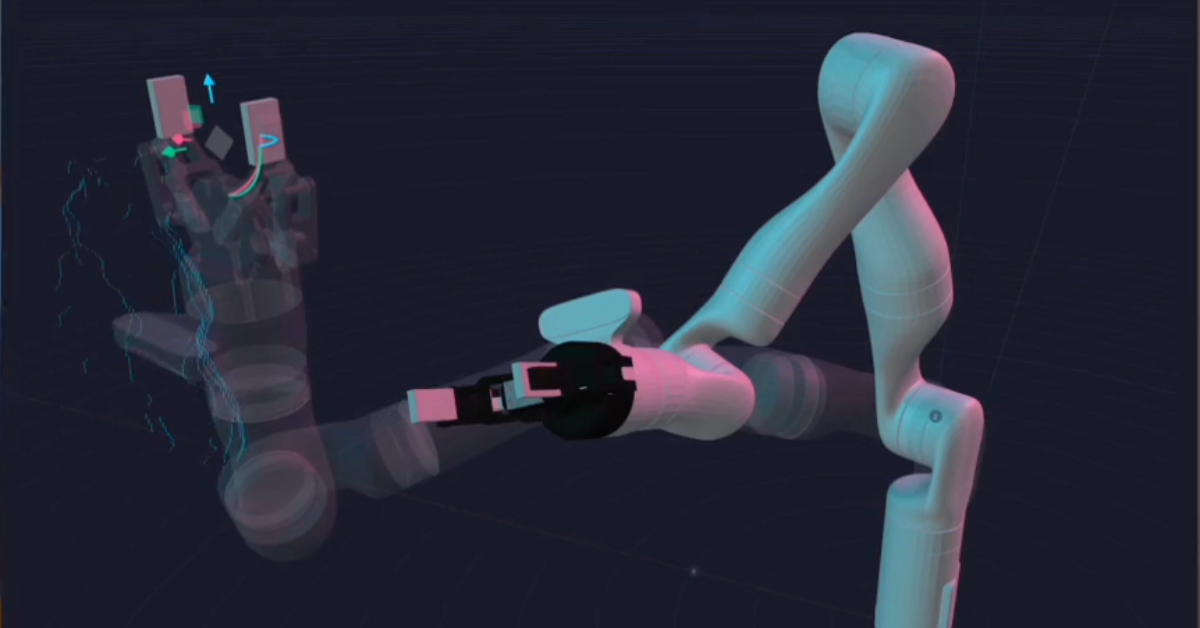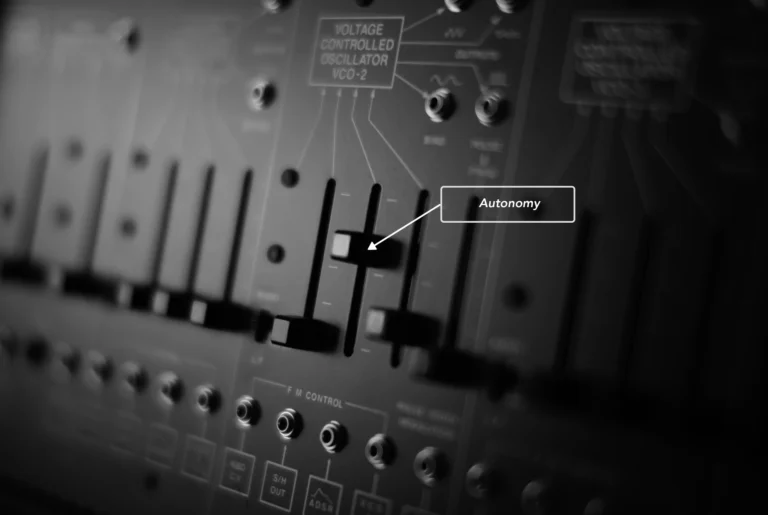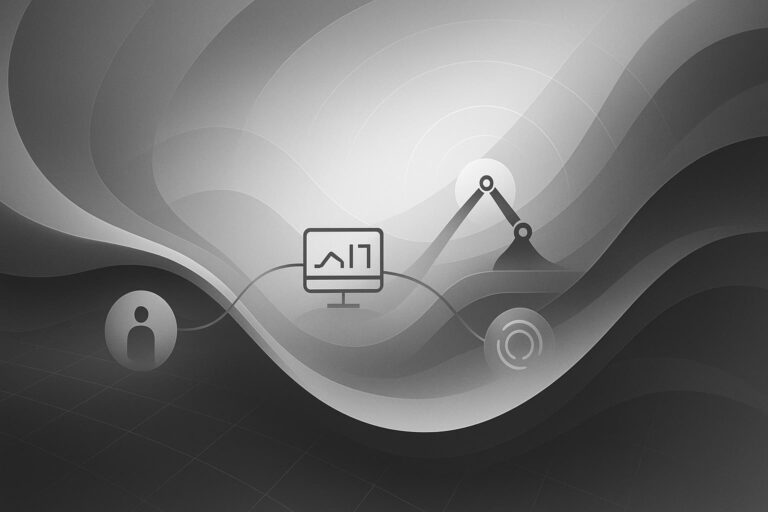Digital doubles are not an entirely new concept in the world. Utilized in industries including building management and oil and gas, these virtual assets have been helping experts navigate an environment remotely for years.
In reality, the current state of digital doubles (also referred to as digital twins), is still in its infancy, and more so a buzzword than the advanced use cases that can be expected to be happening within the next decade.
Instead, rather than focus on the futuristic dreams that are applied to digital doubles, the real value lies within focusing on their core functionality and purpose. In order to have a concise understanding of the possibilities and opportunities of digital twins, we must first have an accurate objective definition.
Digital doubles vs simulation
In robotics, digital doubles usually exist as a type of 3D playground containing digital assets that can be viewed by anyone, anywhere. They tend to be confused with simulations due to much crossover between the two environments but differ in their purpose and use.
Digital doubles are connected to a bilateral flow of information that first occurs on the real object. For example, if you had a robotic arm in front of you and shook it, you would see the digital twin shake as well.
While technically possible to make a full 3D representation of a robot system that includes all component states and sensor data, many companies often choose to focus on a reduced set of information such as the representation of robot structure, physical motion, and representation of critical sensors involved in decision making. This 3D representation can then be connected to live input to interact with a digital double, or, it can be connected to a physics engine in order to drive simulation interaction.
Current uses
One of the most traditional uses for digital doubles is creating a measurable digital asset most popularly used in industries including building management and oil and gas. Dakota Campbell of Eye-bot explains how the use of drones to scan a large-scale site, for example, an oil-storage facility, to create a digital asset that companies can use for planning and measurement without needing to visit the actual site. Before digital doubles were introduced in the industry, companies had to spend large sums to send team members to sites anytime a measurement or evaluation was needed.
“The number one selling point for digital doubles, in the beginning, was you can remotely access and manage your assets without leaving the office,” he explains, “the next point is the ability to extract high accuracy survey and engineering grade insights: traditional CAD and BIM deliverables such as how large a pipe is, can be derived from digital twins”.
With the ability to measure via a digital asset with one-foot interval contour accuracy, companies can quickly move forward with projects without needing to set boots on the ground to check-in.
Just as with the complex instrumented environments above, robotics is a prime use case for digital doubles. Given the complexity and high cost of many robotics systems, digital doubles are an excellent resource for recognizing errors or issues with a robot. Digital doubles can also be an advanced form of interactive control.
Take, for example, a use case where a robot needs to enter a room and pick up a dangerous object. Let’s assume this robot is capable of completing this task 95% of the time autonomously and requires human intervention 5% of the time. A sandbox environment with one (or many) robots represented as digital doubles could serve as a training environment for human operators to develop the skills required to beam in and perform a remote assist.
Digital doubles also let you experiment and apply rules to the full system in order to check for unwanted states, which then can trigger alerts or actions. For example, you might use doubles to simulate hundreds or thousands of machines to ensure that the alerting rules and workflows you establish are manageable by your operations team. What is the correct interval for a low battery alert? How often should it retrigger? What are the human interfaces that will alleviate the problem? Digital Doubles will allow you to get this right before you get your valuable fleet to the field.
For example, if a user has a quadruped robot in an environment and the robot has broken its leg, although the digital double will not show the leg in its broken state, the user will be able to look at the positions of the joints to determine what needs repair.
Let’s look at another example. Assume you are remotely piloting a robot dog (i.e. Boston Dynamic’s Spot). Typically you would be looking through the quadrupeds front camera to drive around the environment. When going over an obstacle the camera feed suddenly rolls 90 degrees to the right side, and it just shakes when you send a forward command. At this moment, the camera feed is essentially useless in determining that the robot’s leg has actually dislocated itself as if the bone were broken. The digital representation of the dog on your screen will allow you to orbit around the scene and afford a perspective that clearly shows an abnormal attitude of the leg, meaning it’s time to send in the field operators to retrieve the pup.
The future impact of digital doubles
As demonstrated above, digital doubles can help to reduce unnecessary labor and save money.
In terms of robotics, consider the example of the robot breaking its leg, but multiply those robots by one hundred. Instead of needing a person to be present for monitoring each robot, one person can monitor the robots within an environment remotely, without the need of extra, costly observational hardware in conjunction with one or many humans needing to be present for scoping issues.
Looking further, digital twins can be used to reduce the labor needed for training large amounts of people, especially in dangerous environments where specialized training, insurance, and equipment is often needed. An example would be a company hiring 100 new forklift drivers for their warehouses across the country. Rather than needing to send 100 trainers to various locations to train these drivers in person, one trainer can use a digital asset of the work environment to train every new employee at once, saving time, labor, and money. This will also increase the safety of new employees as they’ve already trained digitally before ever stepping foot into a warehouse.
Digital doubles may be a young concept in robotics, but they are making fast headway in industries by accelerating operations and saving costs in the physical world. With further development and understanding of a digital’s twins true purpose to aid in decision making and future autonomy enhancements.



